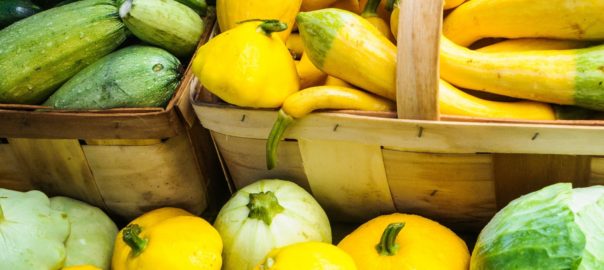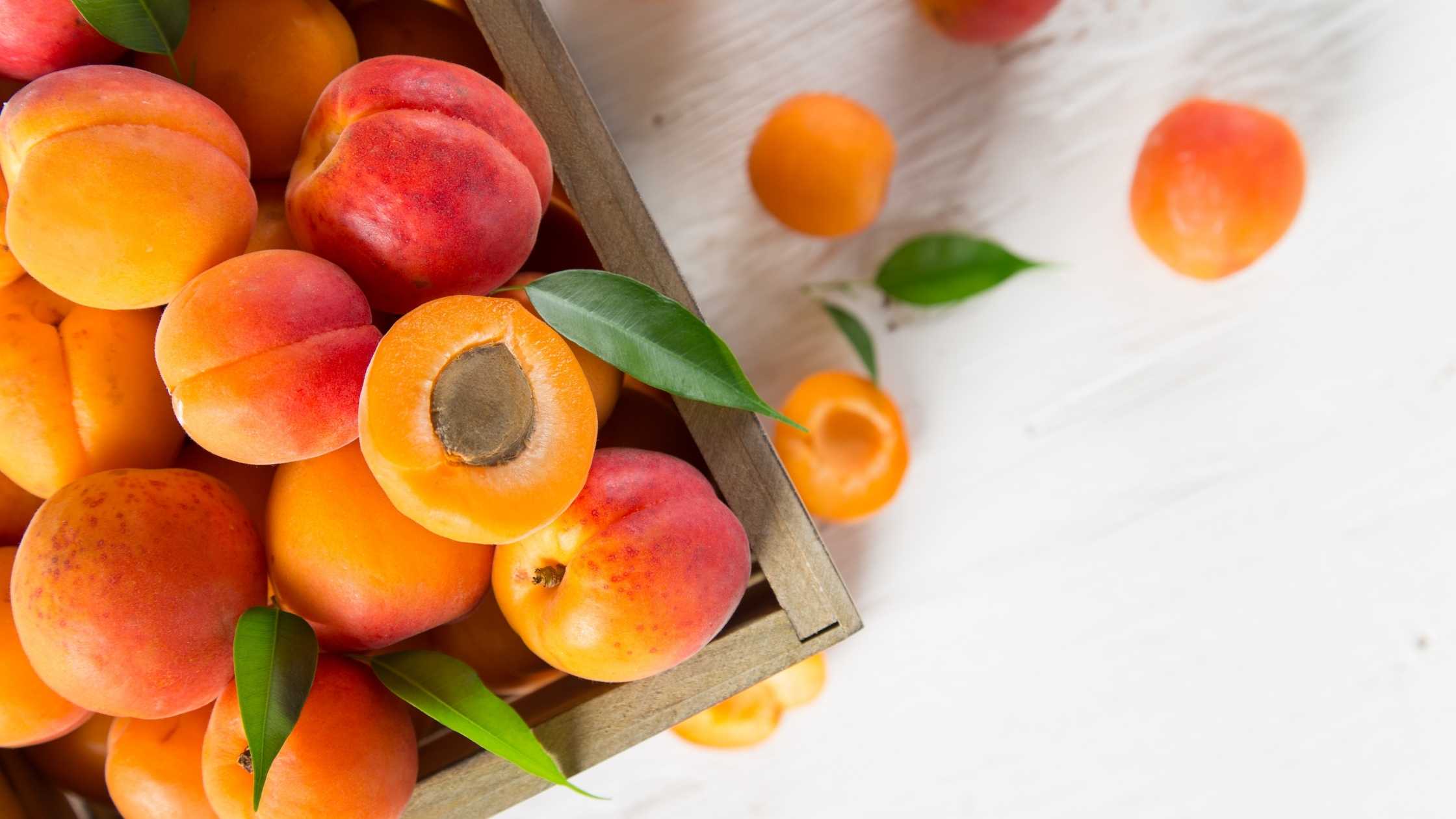The month of June is the prelude to summer. And as we enjoy the long Memorial Day weekend, I couldn’t help but get excited with the fruit-dominated produce that will hit our favorite farm stand or farmer’s market in the coming days.
We all have our fair share of fond summer memories. And mine was always built around the most beautiful fruits and vegetables available at the farmer’s markets and our CSA that can be turned into delicious dishes that I and my family enjoy.
Apricots
Apricots are grown throughout the warm regions of the world, especially in the Mediterranean.
They are low in calories and fat, a good source of vitamin A and C, and packed with antioxidants, fiber, and vitamins. These multiple benefits can promote eyes, skin, and even gut health. Not to mention that fresh apricots are a hydrating food.
Apricots can be eaten fresh or cooked and can be preserved by canning and drying. Dried apricots are especially high in iron.
Blueberries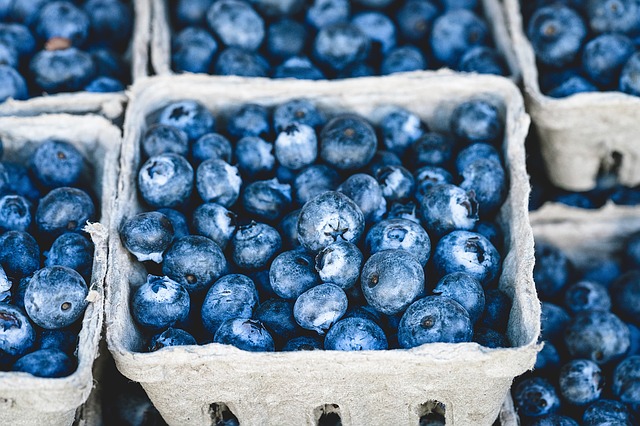
The Native Americans were the first to recognize blueberries as a versatile and healthful fruit. They used them for medicinal purposes, as a natural flavoring for food, or in pastries like pies and muffins.
Blueberries boast many vitamins, including vitamin C, manganese, iron, plus dietary fiber, which is great at aiding digestion!
Today they're hailed as “superfoods” because of their nutritional value. Fresh berries can be eaten fresh from summertime's harvest while dried ones make excellent flavorings such as sauces with tart lemon juice added in too!
Cantaloupe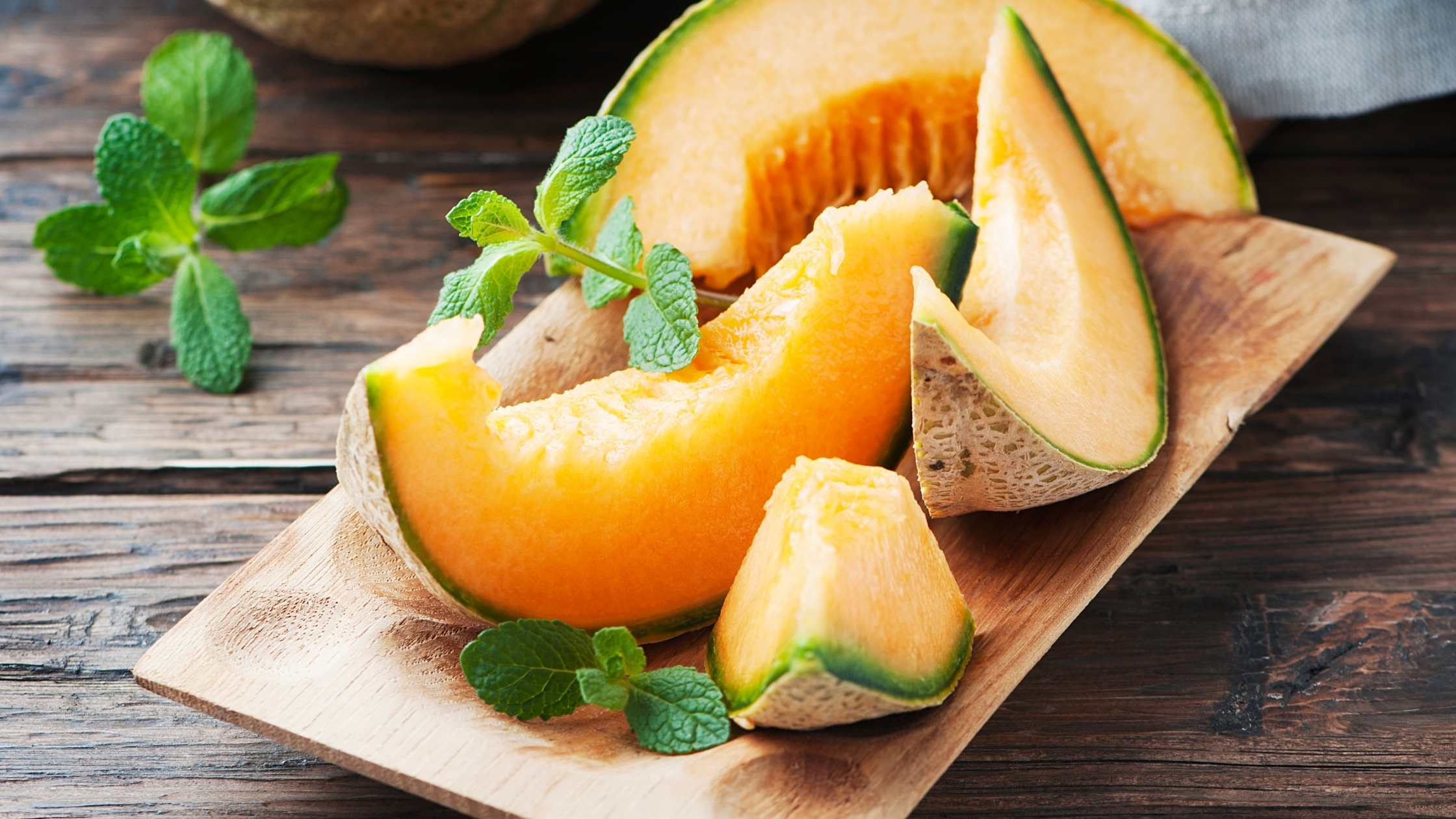
A relative of many varieties of melon, cantaloupe is probably the most versatile of them all. Its distinct light orange, juicy, and fragrant pulp has the right sweetness to be a savory snack or a refreshing dessert. It is low in calories (only 54 cal per cup) and high in beta-carotene and vitamin C.
The easiest way to select the best one is by the smell of it. It must have a sweet and slightly musky scent, and the skin appears to have a raised netting around it.
We love it wrapped in prosciutto as a delightful aperitif, or toss with some flax or pine nuts for salads, and even as a granita without sugar to enjoy its natural sweetness that the kids will love. Just like other melons, cantaloupe makes a refreshing agua fresca, perfect for those hot summer days.
Cherries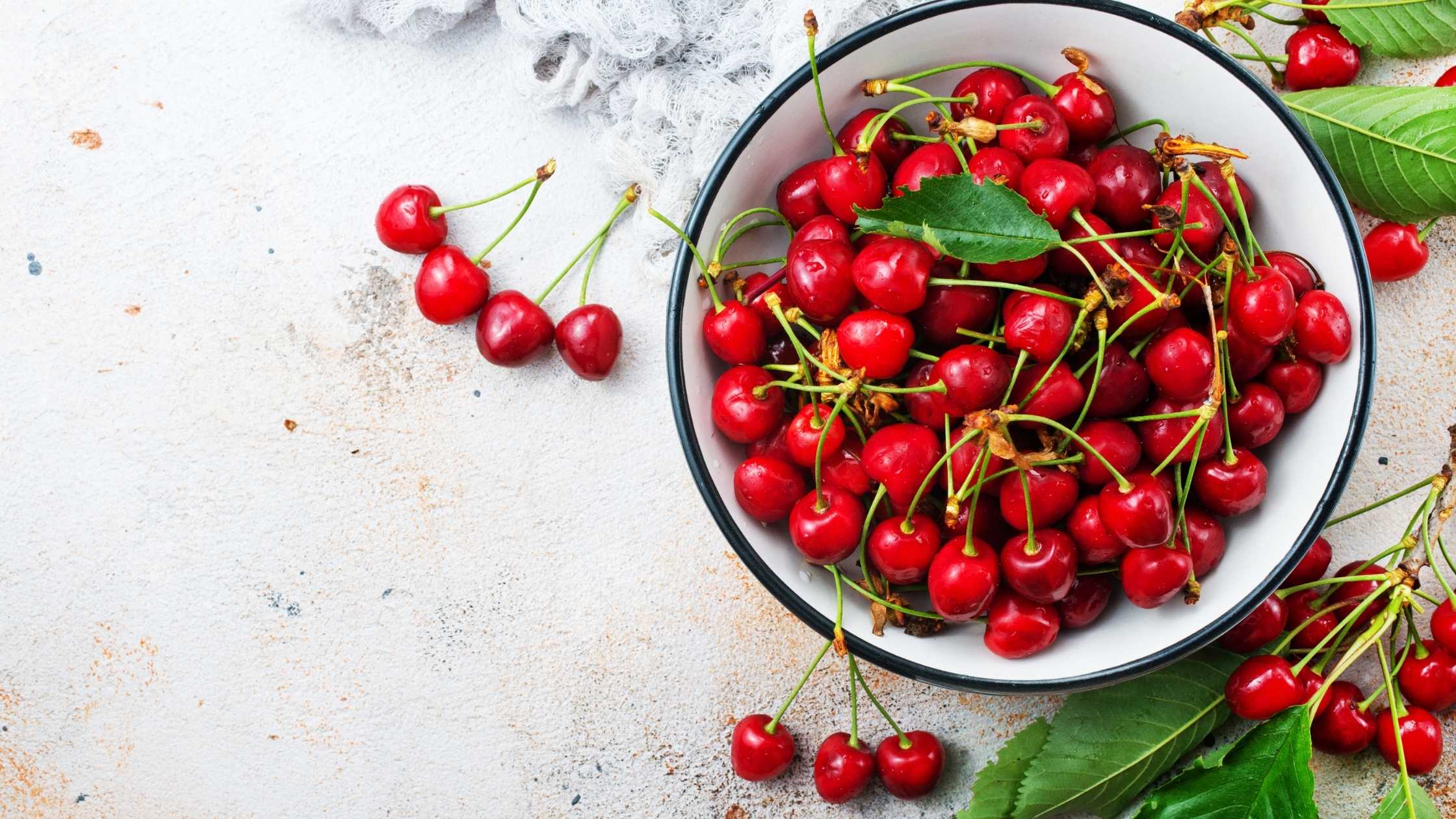
Cherries are eighth on this year’s Dirty Dozen list. I recommend that you choose organic whenever possible to avoid possible risks from pesticides.
These delicious fruits are high in Vitamin C and offer a host of health benefits. It can speed recovery after exercise, improve sleep, and boost heart health.
The sweet and tart varieties can be eaten fresh as a healthy snack; incorporate them in baked goods or add the juice to sparkling water for a hydrating drink for summer!
Corn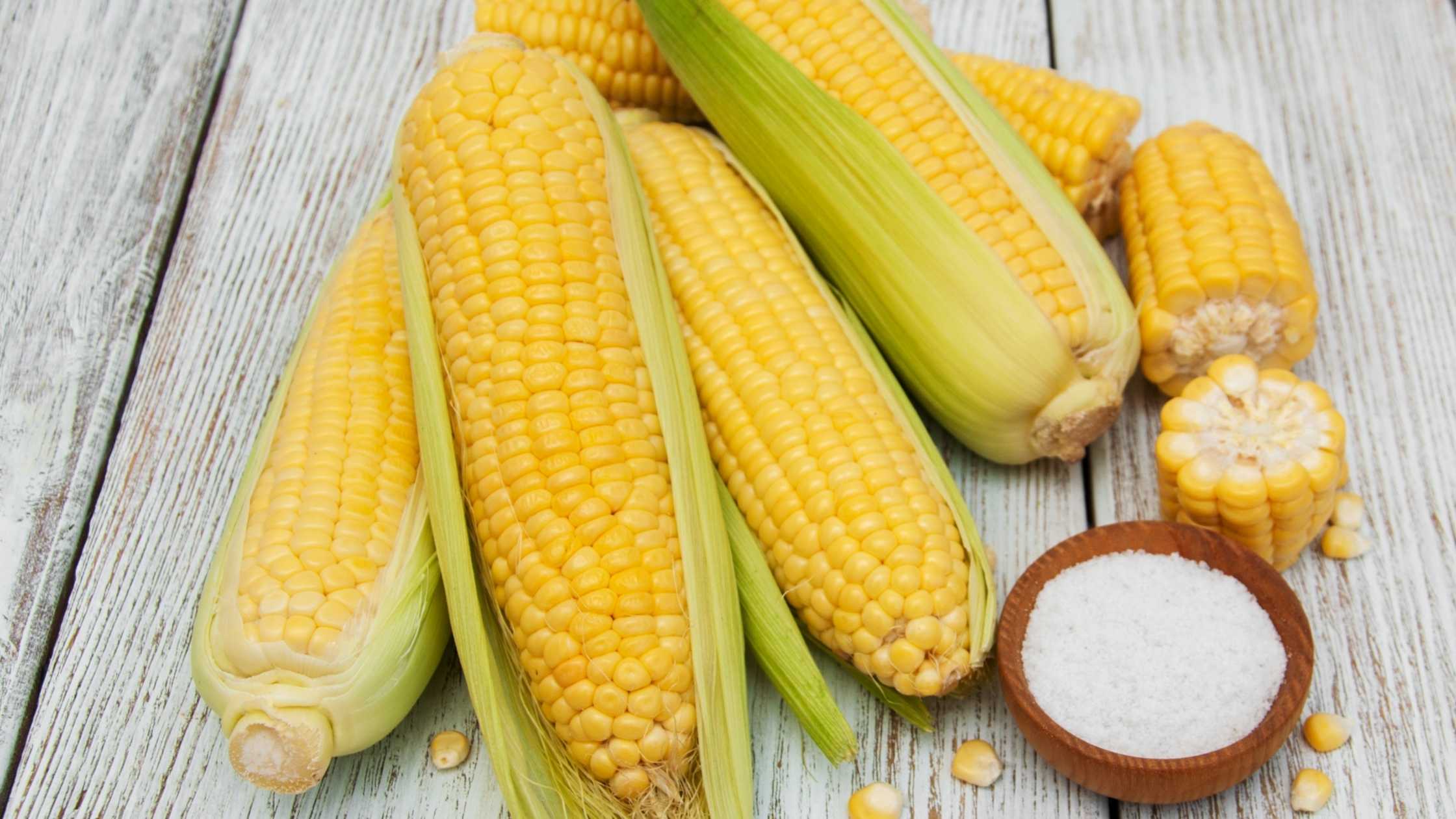
Could corn get any more summery? We can’t deny the astounding difference between fresh corn and canned or imported ones. And with the anticipated surplus, you can also expect other varieties of heirloom corns to make it to our kitchen table.
Corn is an excellent source of fiber, thiamine, folate and ranks low on the glycemic index when consumed in moderation. This healthy whole grain is so versatile that we can enjoy them in salads, soups, boiled, or grilled. Be sure to choose heirloom, sustainably grown varieties in order to avoid excessive pesticide and glyphosate exposure.
Kiwi
Also commonly referred to as simply kiwi, this fruit originated in China and was originally called Chinese gooseberry. At some point, it transitioned to New Zealand, where it was renamed Kiwifruit. From there, it traveled to California, where it is now a commercial crop.
Kiwifruits are very high in vitamin C, with just one small fruit providing 120% of your RDA. They have a lot of fiber and are also a good source of potassium, magnesium, and vitamin E.
Our favorite way to eat them is to simply cut them in half and scoop them out with a spoon, although kiwi pineapple smoothies are pretty tasty, and kiwi lime pie is a wonderful thing.
Lettuce
Lettuce is a nutritious vegetable in the aster family. Although it comes in many varieties, this leafy veggie, in general, is rich in vitamins K and A. Note that red leaf lettuce is higher in antioxidants.
Most lettuce varieties, such as iceberg and romaine, are eaten fresh and often served in salads, wraps, and sandwiches.
Mangoes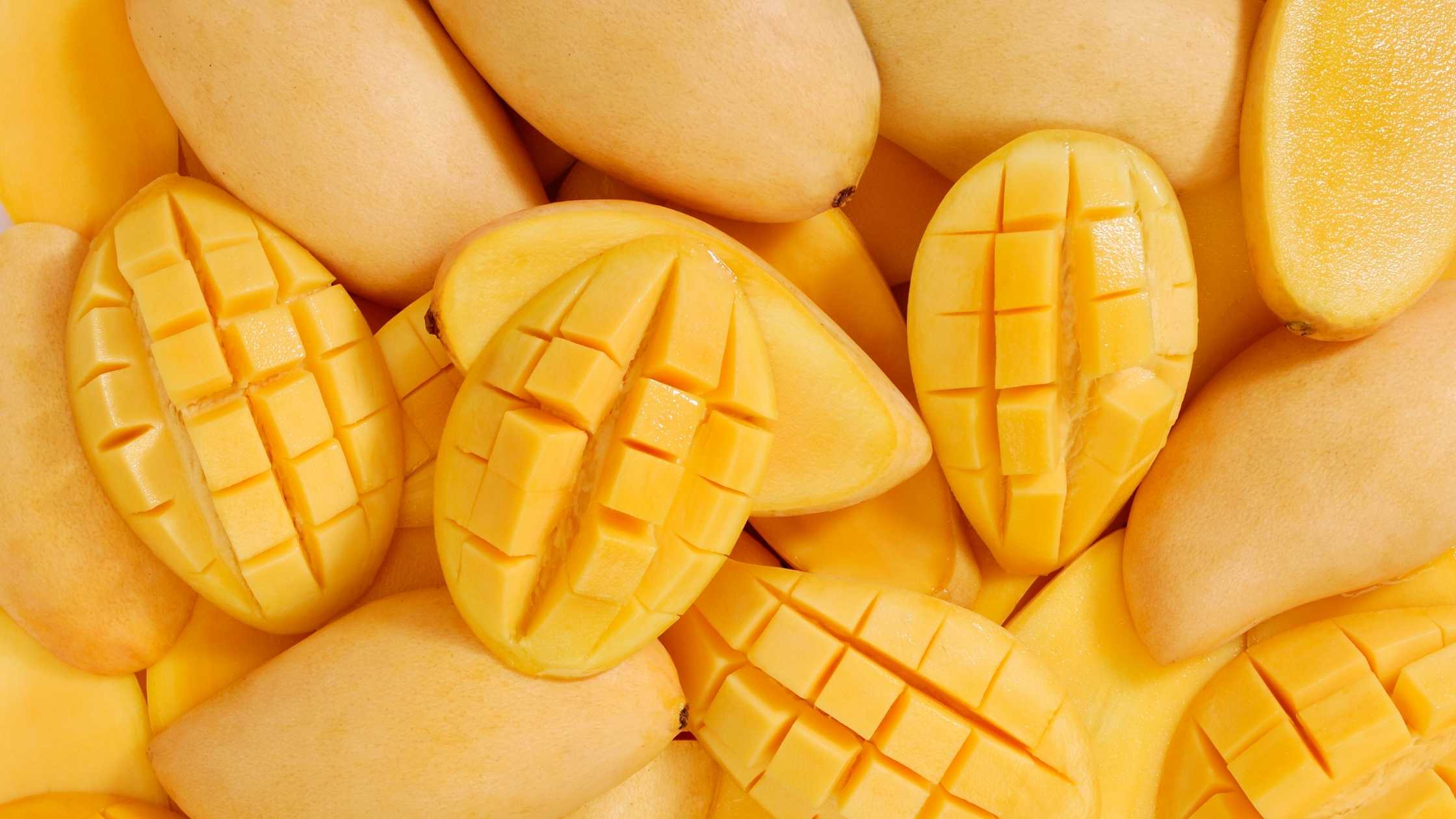
Mangoes are indigenous to southern Asia. They are packed with immune-boosting nutrients -- vitamin A, C, K, and E.
Just one cup of mango has 46 mg of vitamin C or 76% of what you should get per day.
Fresh, yellow mangoes are delicious when eaten plain. I love it as part of smoothies as well!
Peaches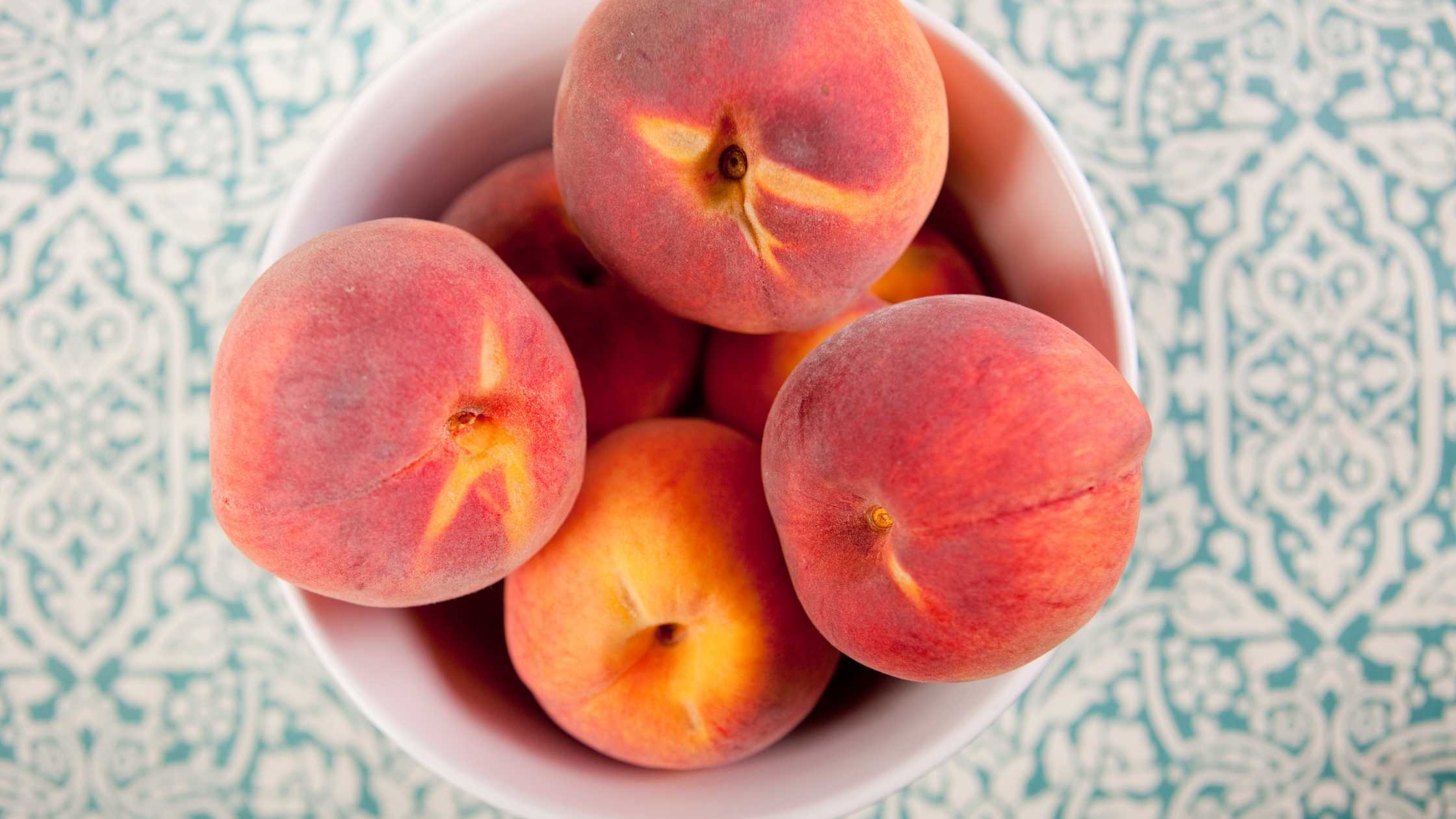
Peaches probably originated in China and spread westward through Asia and to the Mediterranean countries before finally reaching other parts of Europe.
Peaches are a rich source of antioxidants that can help protect your body from aging or disease. Plus, they contain a good amount of vitamin A for eye health, especially abundant yellow-fleshed varieties!
They are widely eaten fresh and are also baked in pies and cobblers.
Strawberries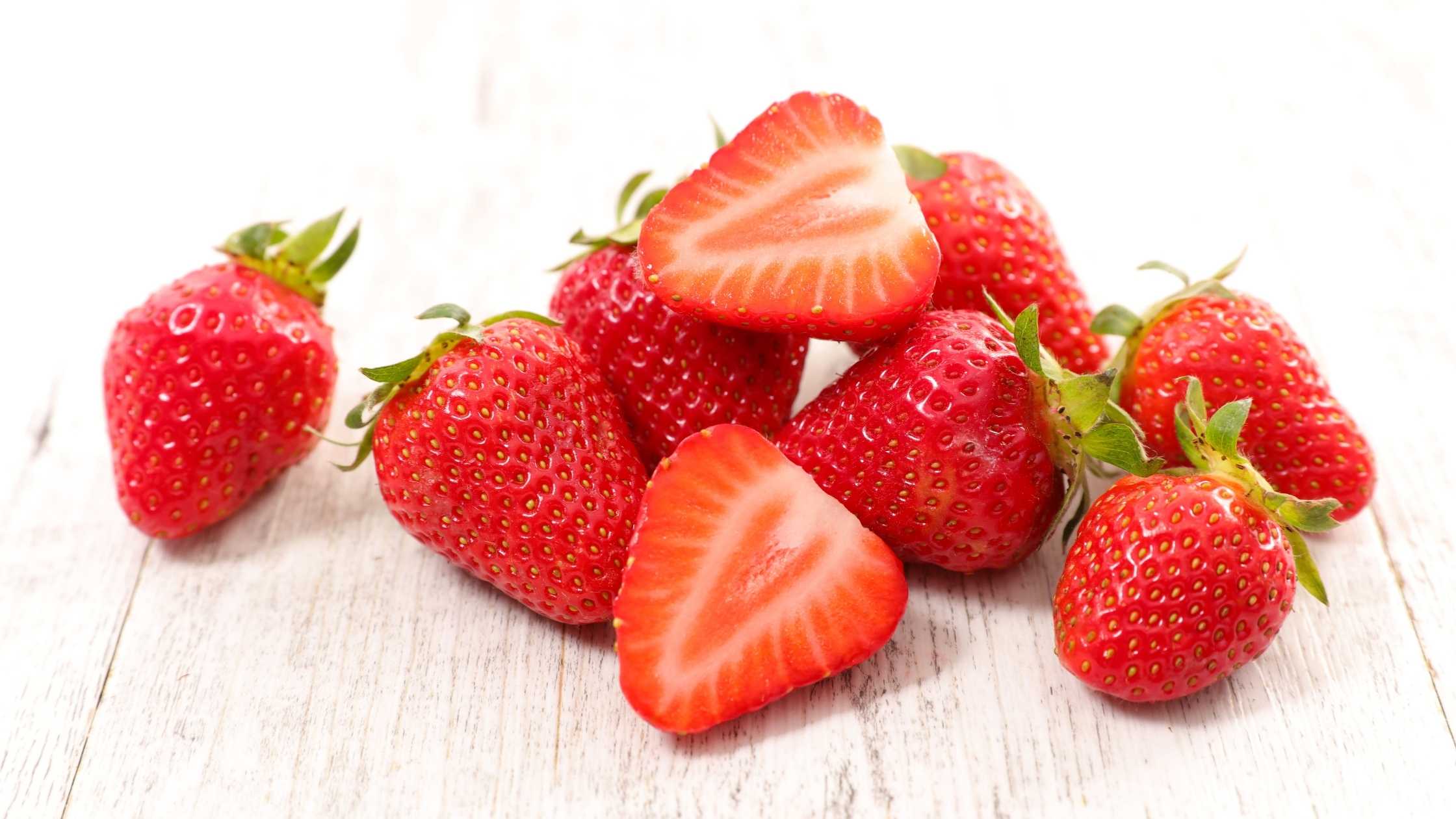
As you know, strawberries top anew this year’s”Dirty Dozen” list of produce found with the most pesticides. Again, it’s best to buy these organic and wash them thoroughly before eating to avoid this.
These delicious berries are a good source of vitamin C, manganese, folate (vitamin B9), and potassium. Reduced cholesterol, blood pressure, and inflammation are just a few of its health benefits.
Furthermore, berries could help prevent spikes in blood sugar and insulin levels.
The fruits are commonly eaten fresh, baked, and preserved.
Swiss Chard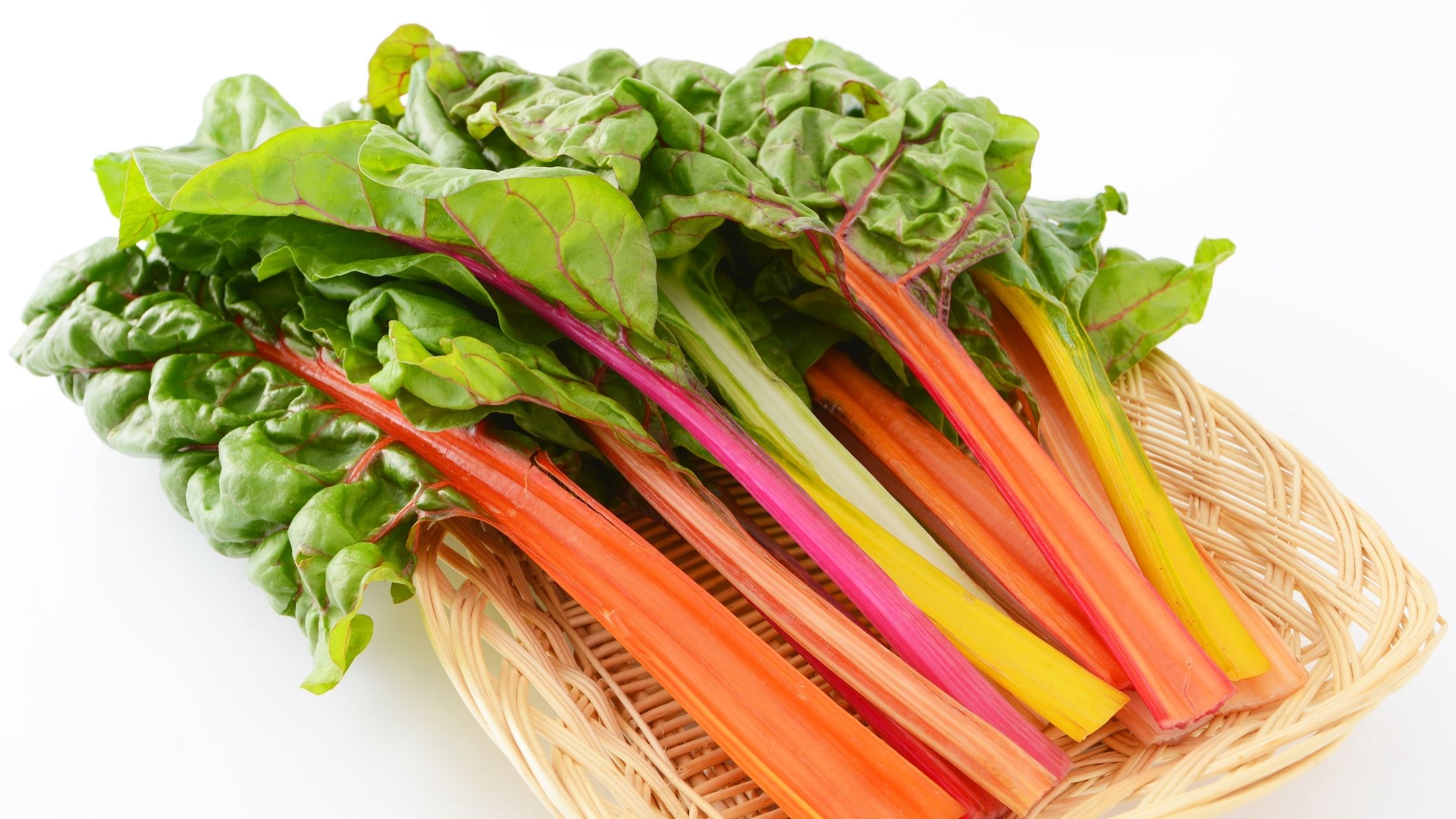
The name may imply that it originated in Switzerland, but it is native to the Mediterranean region. Due to its enormous cultivation in Switzerland, it was referred to as a Swiss Chard.
These leafy greens are an excellent source of vitamins A and K and nearly fulfills the daily need for vitamin C. Additionally, it is extremely low in calories, making a weight-loss-friendly vegetable.
Swiss chard can be eaten raw in salads, sautéed, or served in soups.
Watermelon
Watermelon is native to tropical Africa and cultivated around the world.
Despite its high water content, it's surprisingly healthy with many nutrients such as lycopene and vitamin C!
It can be eaten raw or preserved in pickles for a tasty twist to your typical condiment.
Zucchini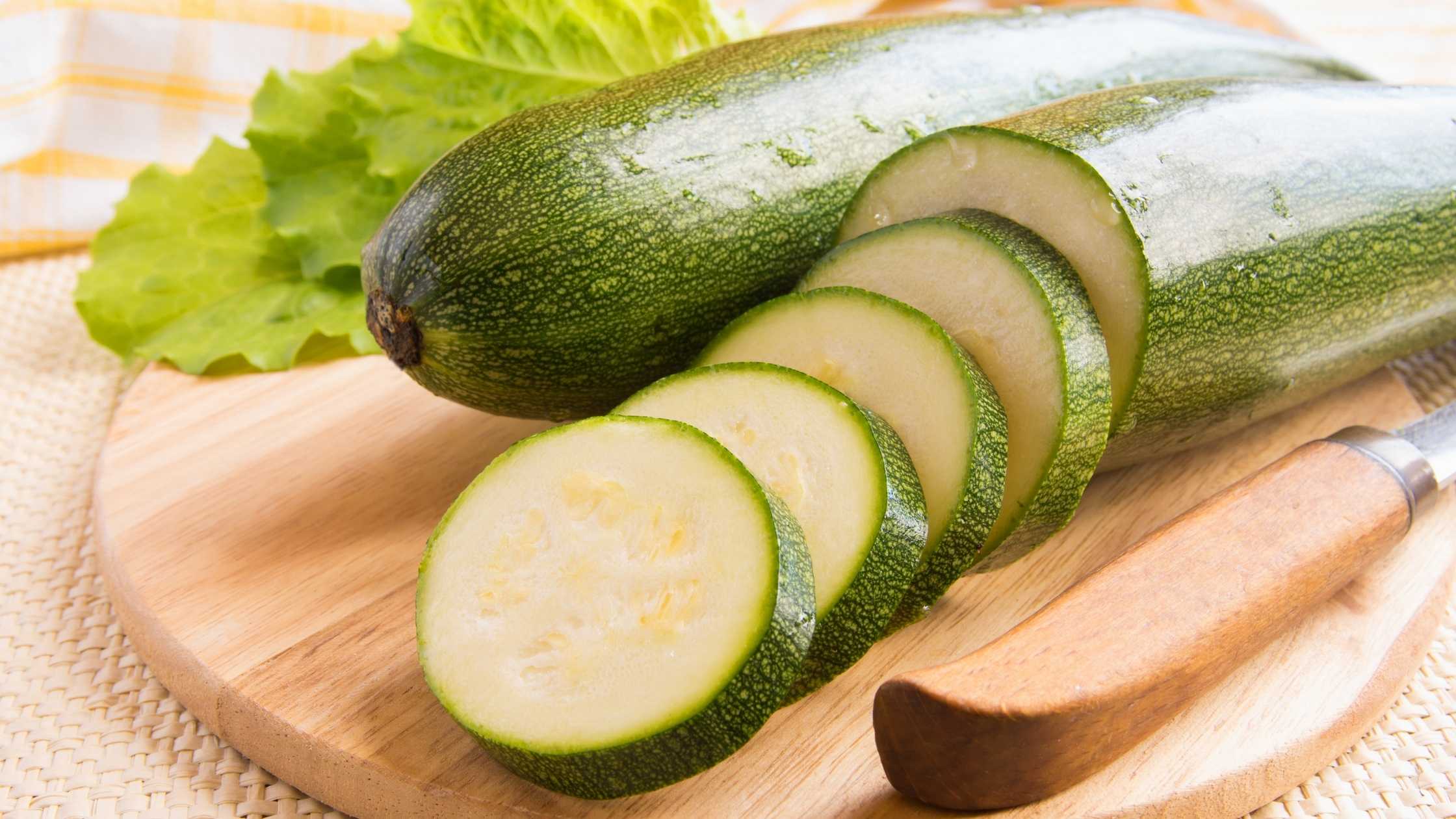
Zucchini is a variety of summer squash. Although it is considered a vegetable, it is classified as a fruit.
It is particularly high in vitamin A and offers several health benefits — from healthy vision to healthy digestion.
Zucchini is versatile and eaten raw or cooked in stews, soups, salad, and even chips
 When eating fresh, in-season produce, don’t forget to wash it first. Click here to get your toxin-free fruit and veggie wash
When eating fresh, in-season produce, don’t forget to wash it first. Click here to get your toxin-free fruit and veggie wash
Sources https://fdc.nal.usda.gov/?fbclid=IwAR12XriudBBfXEAN2uHXdyeVOm1jHH7X2mgY2Z8qrpT-mrxAoW2Biyd57b4 https://www.ncbi.nlm.nih.gov/pmc/articles/PMC3664913/ https://www.webmd.com/food-recipes/cantaloupe-health-benefits https://www.medicalnewstoday.com/articles/287710 https://www.nutritionvalue.org/Squash%2C_raw%2C_all_varieties%2C_summer_nutritional_value.html https://www.healthline.com/health/diabetes-corn#corn https://njaes.rutgers.edu/sshw/message/message.php?p=Health&m=301 https://www.nutritionvalue.org/Potatoes%2C_raw%2C_flesh_and_skin_nutritional_value.html https://www.healthline.com/nutrition/foods/blueberries#downsides https://www.webmd.com/food-recipes/health-benefits-oranges

